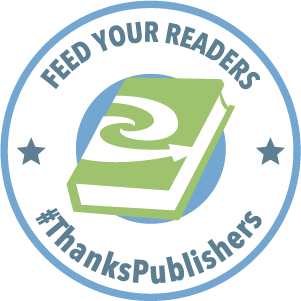The feud began forty years ago. On one side: one of the wealthiest families in America. On the other: an artist known as Qi, heralded as the next Andy Warhol. After an acrimonious falling out, a Cold War began between these two families, and very few people remember the artist at all. Until a piece by Qi appears in New York.
Outside the Fern Gallery, a man stabs himself in the heart while staring at the last Qi, a painting of a young Chinese empress. Paire Anjou, a young art student fresh to the city, stands so close, her dress is freckled with blood. The resurgence of Qi’s art stirs up widespread curiosity and attention. Much like Michelangelo’s David, the portrait evokes powerful reactions from people. Patrons pass out, write love letters, and try to vandalize it. Since the day she saw it, Paire can’t stop ruminating about the painting.
The descendants of both families converge, and Paire, who covets the Empress, is woven into an escalating blood feud. Paire Anjou is herself a descendant of criminal parents with a predilection for theft. And she has decided that she needs to possess the Qi for herself.
Thanks to Diversion Books for gifting me this book for review!
EMPRESS is the kind of book that has a dark undercurrent running through it. The darkness may ebb and flow, but it’s always there. Paire is a character who may be sympathetic at times, and other times she will make you cringe and wonder what you ever saw in her in the first place.
The titular Empress is the sun around which everyone’s world revolves. Dolan’s description of her is so precise, so fawning, that it makes you wish you could see her for yourself and become obsessed. As Paire slowly sinks into lustful infatuation with the Empress, the darkness flows into her and also makes her stronger. Paire gets involved with illegal activities, all the while with the painting at the back of her mind.
The darkness envelops other characters as well, and begets betrayal, or violence. It seems as though the painting is like a Rorschach drawing; people see what they want to see, while the image affects them all differently. I especially enjoyed this aspect of the book – watching everyone decompensate is a delicious, voyeuristic experience.
Another enjoyable facet of this story is the art and artist setting. New York is the perfect backdrop for this beleaguered gallery and its employees. There also was a great deal of authentic art discussion that taught me things and enriched the reading experience. Any time I can learn something from a book, it’s a plus for me. This shows that the author is not just trying to create a story; he is doing his hardest to immerse the reader in a believable world where things occur because of the setting, not despite it.
THE EMPRESS OF TEMPERA was a compelling and brilliantly conceived story. I loved it! Definitely a must read this year. You can pick up your copy [easyazon_link identifier=”1682302970″ locale=”US” nw=”y” tag=”gimmethatbook-20″]here[/easyazon_link].














Recent Comments